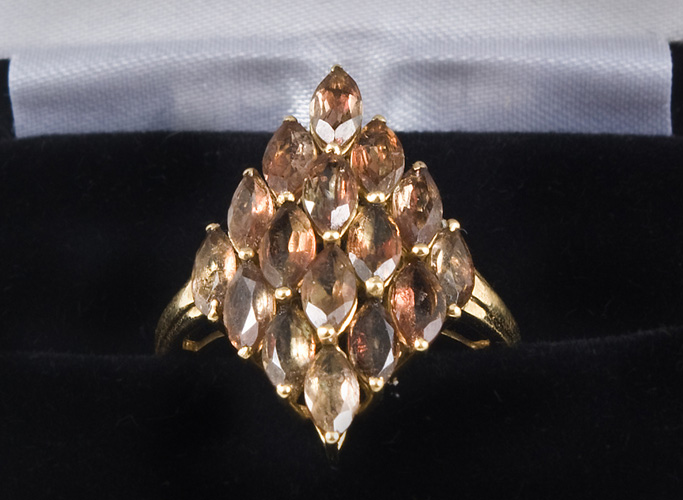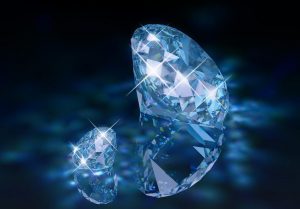Andalusite varies in colour from pale yellowish brown to some dark bottle-green, dark brown, or the most popular greenish red. It has very strong and distinctive pleochroism, so that, when turned, the same stone may appear yellow, green and red. Large crystals might be vertically striated prisms having a square cross-section and pyramidal ends, but they are rare. More usual are opaque, rod-like aggregates of crystals or waterworn pebbles. It is the pebbles which are usually cut as gemstones.
Andalusite is generally found in pegmatites. Pebbles occur within the gem gravels of Sri Lanka and Brazil. Other localities include Spain, Canada, Russia, Australia and the United States.
An opaque, yellowish grey variety, chiastolite, occurs as long prisms, which make a cross when cut and polished.




























Leave a Reply
You must be logged in to post a comment.